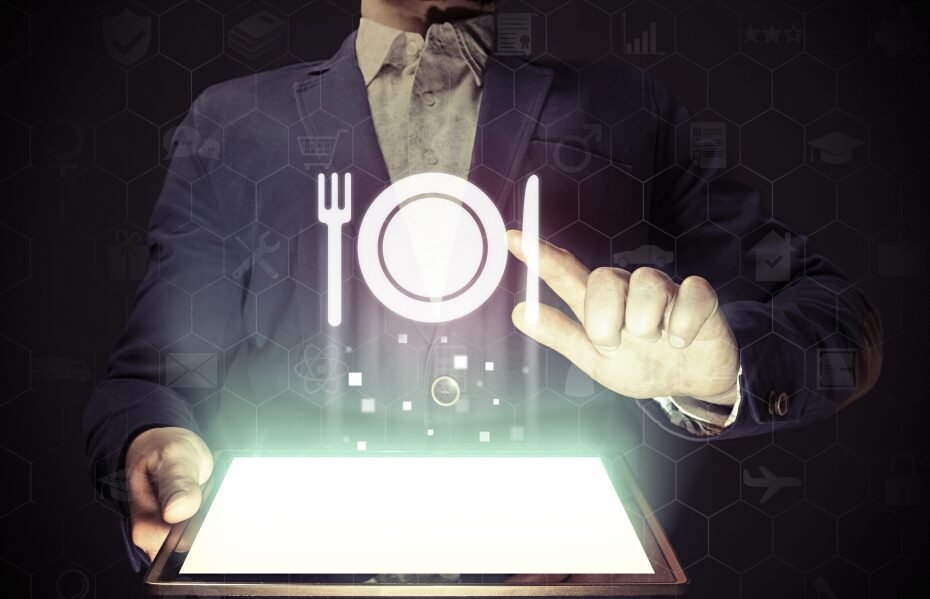Digital marketing, when done efficiently, brings very significant results to your industry since the influence of digital media gives more access and information to the customer while bringing your company closer to the consumer and allowing the expansion of the authority of your company. Brand. It is important to keep in mind that even if your brand does not interact with the end customer, the demand for your services, products, and suppliers begins long before a potential customer contact.
Brands are increasingly linked to new technologies. Things like artificial intelligence, chat rooms, and other digital technologies are the order of the day. The goal is to woo consumers with personalized and engaging content. Today, more than ever, content is king and is everywhere. Consumers demand the best in products and services from their favorite brands. And they want a quality, personalized experience, whether it’s online or face-to-face shopping.
This is where the power of relevant and informative content comes into play. Food brands are no exception. In fact, food brands often have beloved products with great stories behind them; it is an opportunity for relevant content.
Fleeting content
The importance of social media as a marketing strategy continues to play a central role. Many brands have a presence on various social media. However, only a few have learned to harness the power of social media.
Snapchat and Instagram Stories are tools; allow users to interact with their followers by posting photos and videos of events in real-time. This is fleeting content, content that disappears after a short period of time. It is a great tool to allow consumers to see their favorite brands’ “backside.” This gives a feeling of novelty and authenticity, perfectly marrying modern consumers.
Live video
Recent statistics reveal that YouTube alone receives more than 30 million visitors a day who consume 5 billion videos a day. The dominance of video will continue to grow in the coming years. Major players like YouTube, Facebook, and Twitter are investing heavily in the medium to dominate the social landscape.
Geolocation
Location, location, location, a word often repeated by real estate agents, but the principle applies just as well in the world of digital marketing. Specifically, marketing based on location or geolocation; will play an increasingly important role in the way brands reach consumers.
Using GPS technology, geolocation creates a virtual geographic boundary around an area. This limit can be programmed to create a response such as a text message, email, or notification when a user enters or leaves the specified area. It’s a form of local marketing that targets consumers where and when they are most likely to buy. It also offers bars, restaurants, and even events, a great way to take advantage of this technology.
Chats
Brands are increasingly incorporating artificial intelligence chats to automate and personalize their marketing funnels from lead generation to handling customer inquiries, collecting and analyzing feedback. Technology is more accessible than ever, now that Facebook has opened its Messenger platform. Brands can develop their own chat applications.
SEO
The SEO work for food industries will work to position culinary recipes that use branded products, as recipes are searched by millions of Brazilians daily on Google. With the brand being a reference, demand is generated.
SEO consists of improving the site loading speed, usability, navigability, better content, keyword implementations, dissemination in various channels on the internet, and other actions aimed at increasing the site’s authority on the internet.
